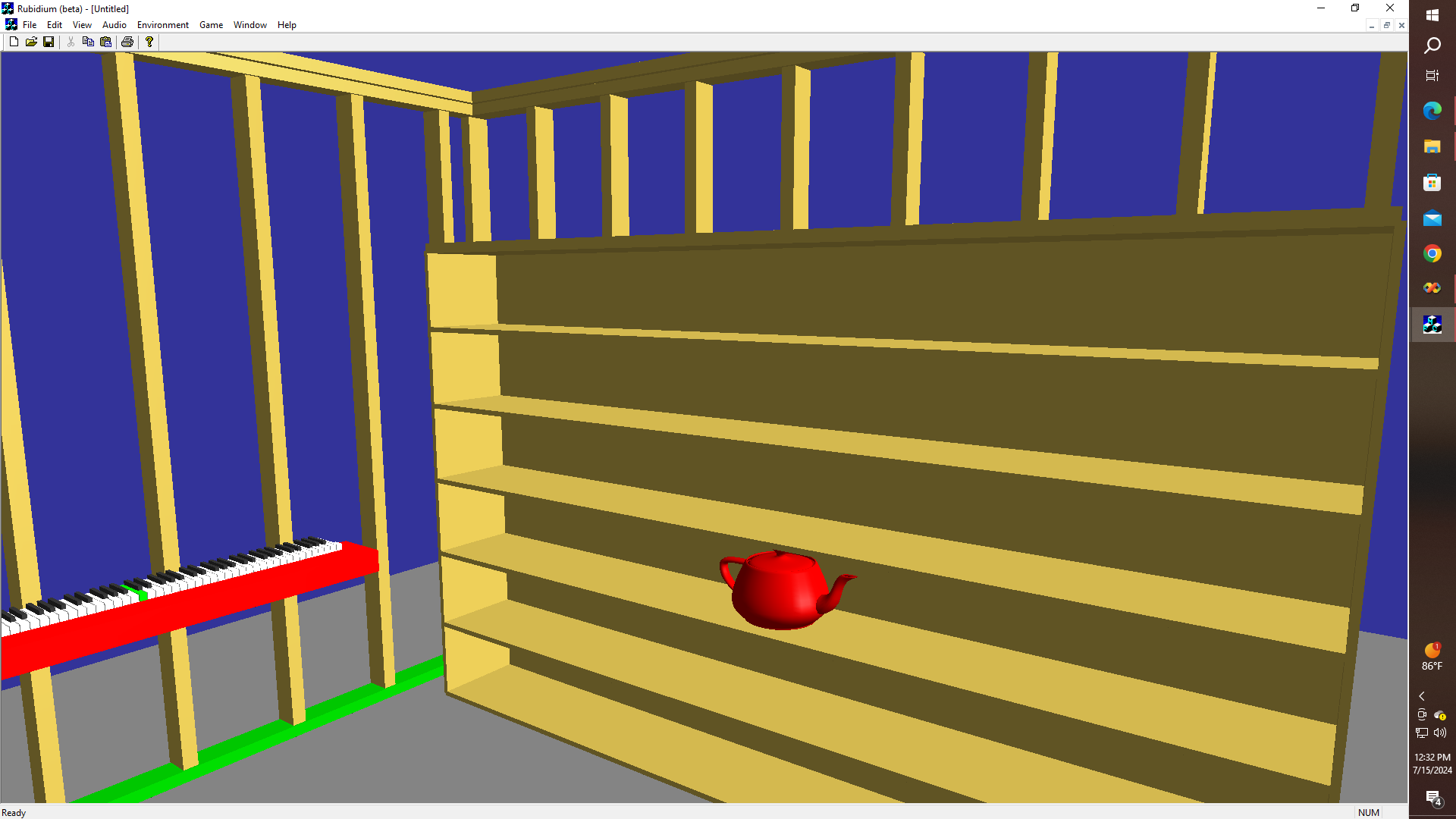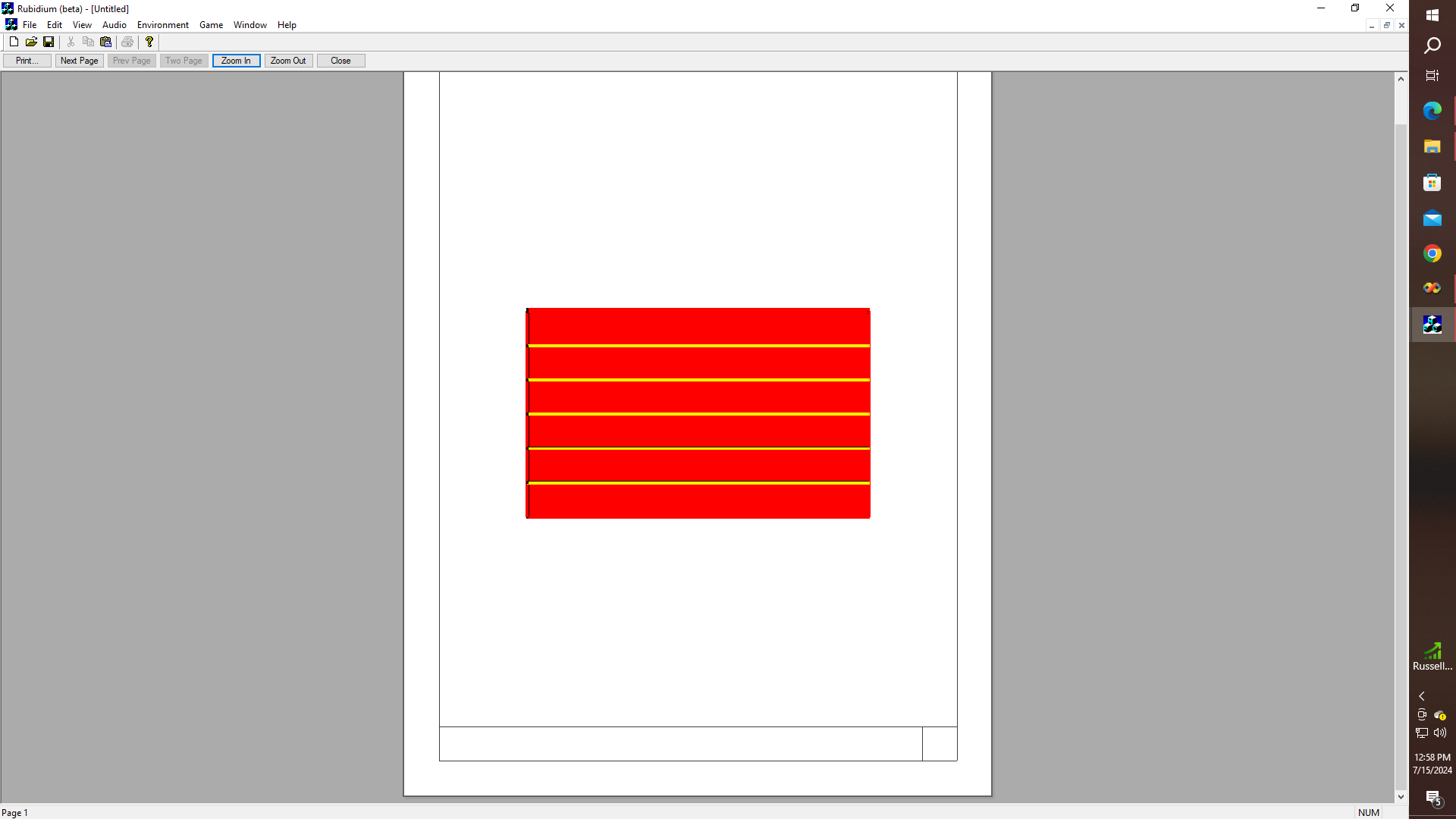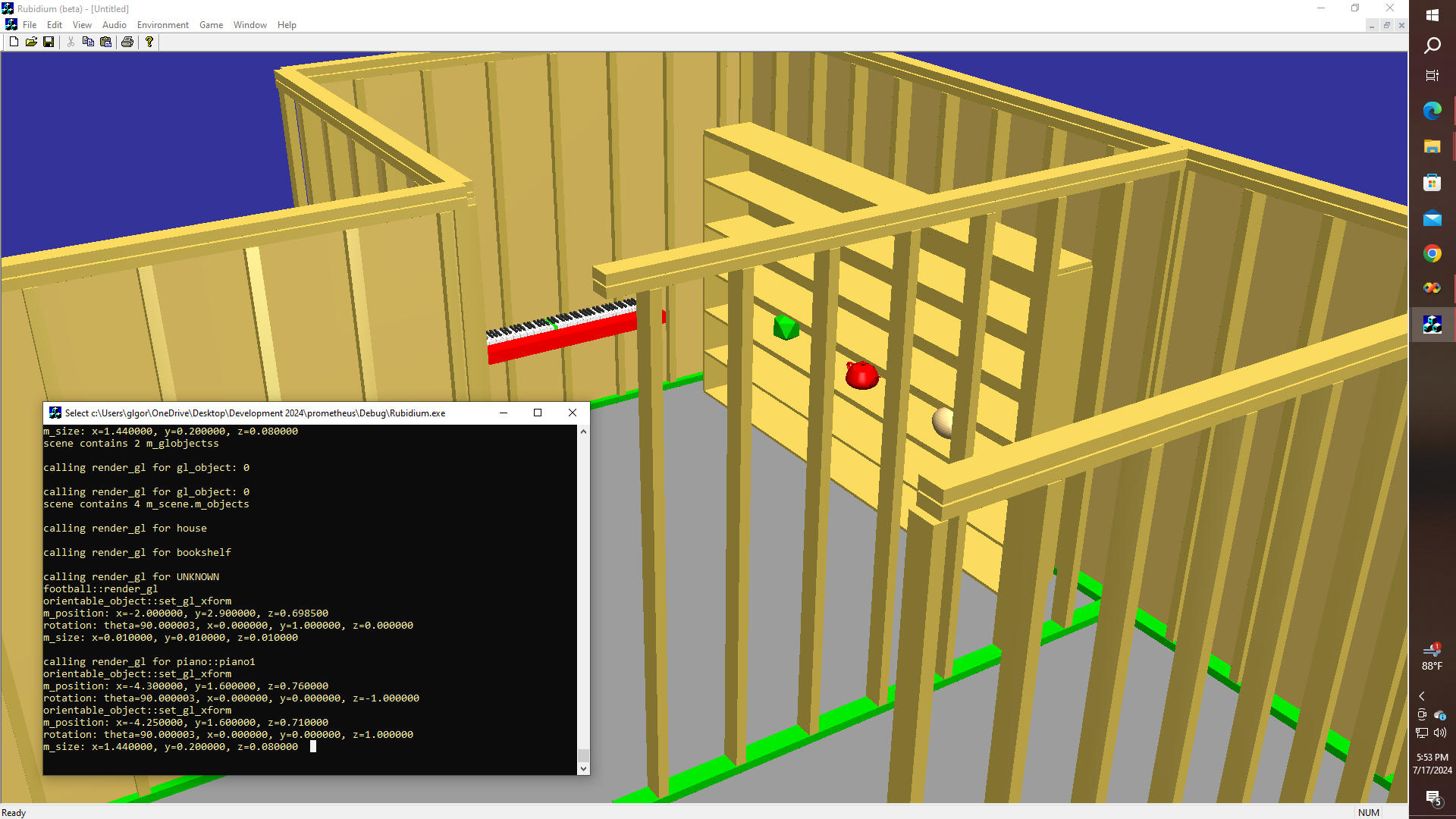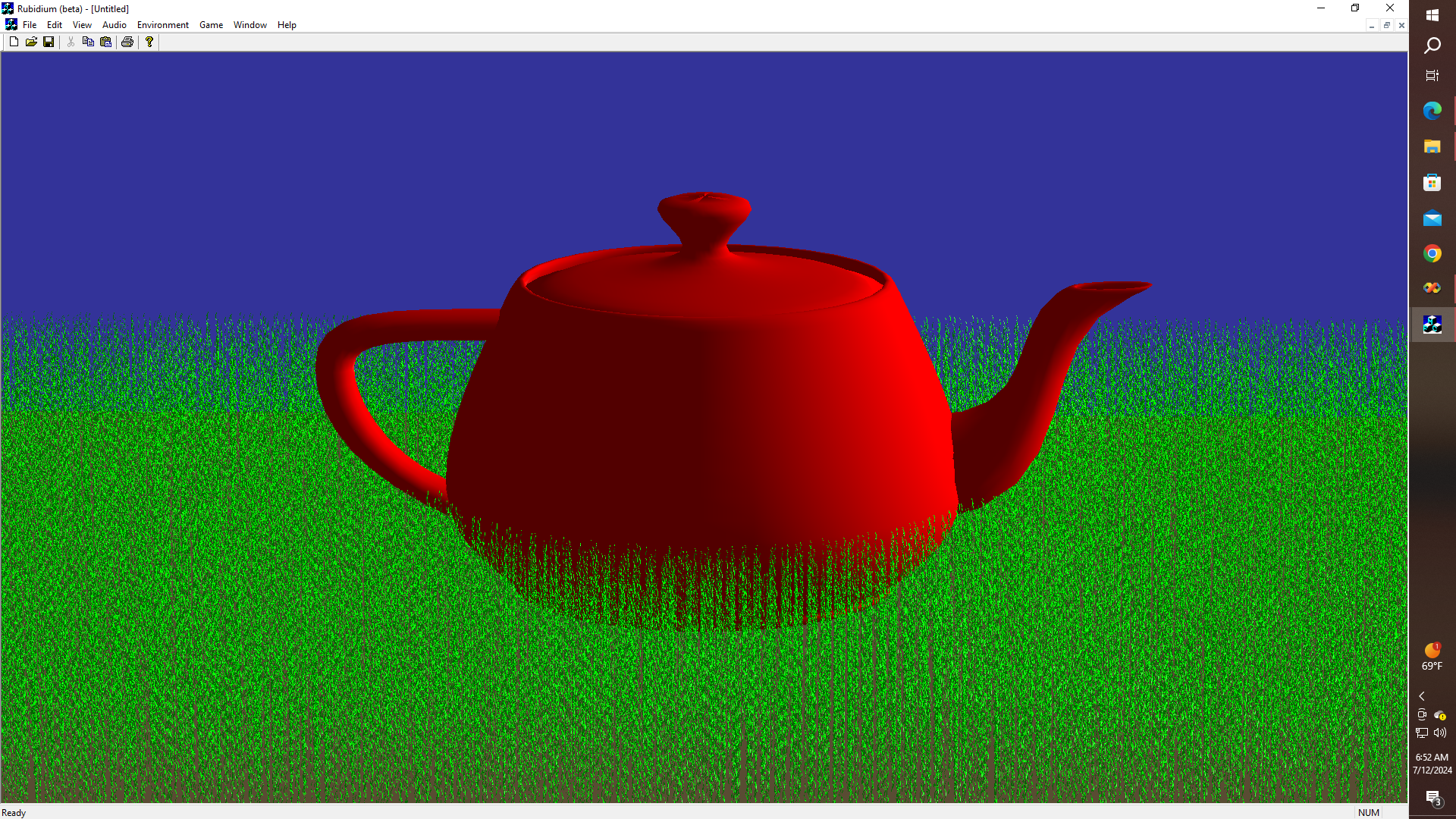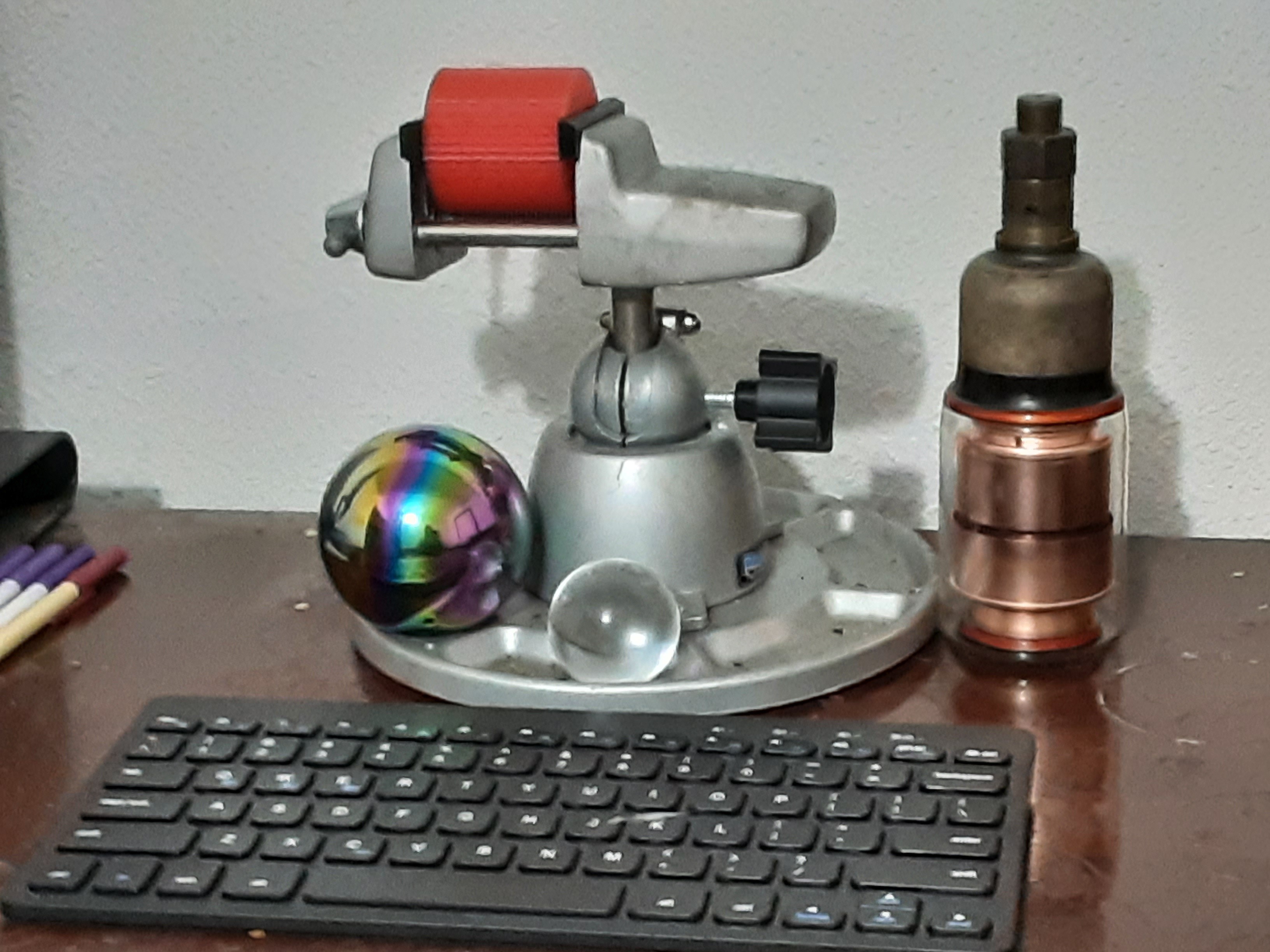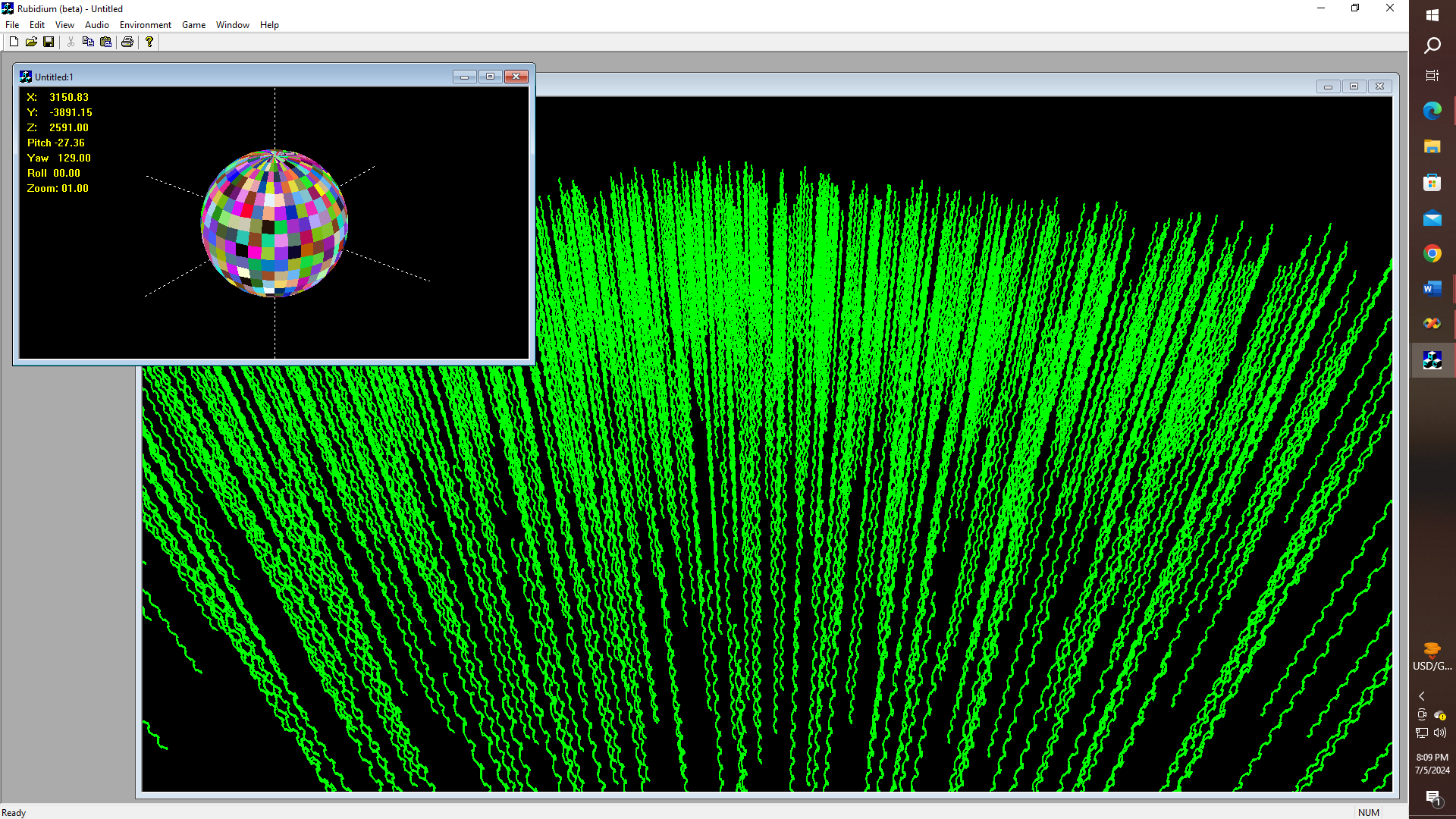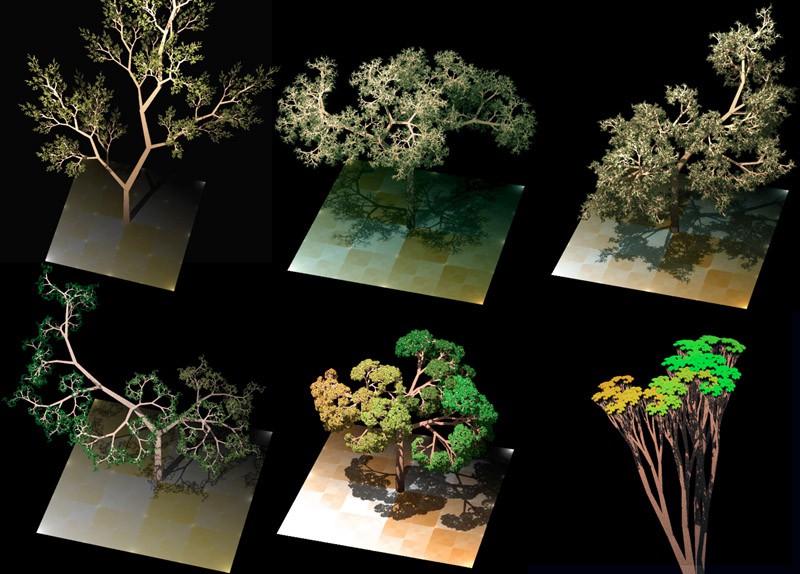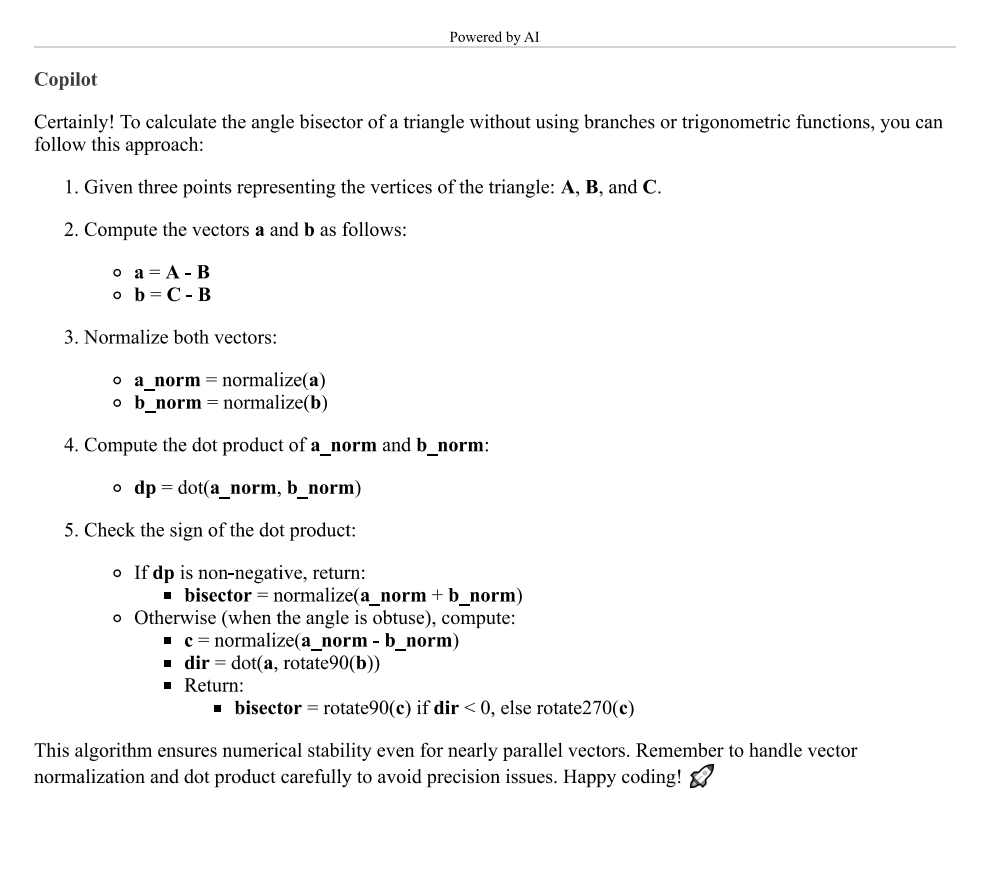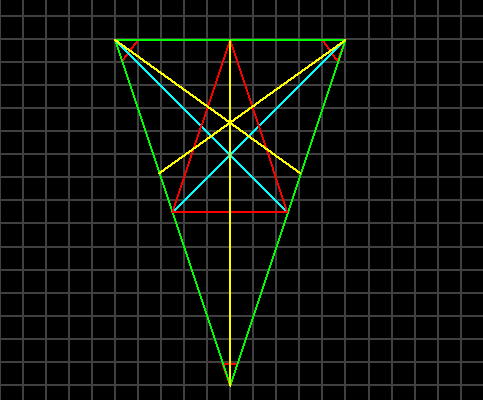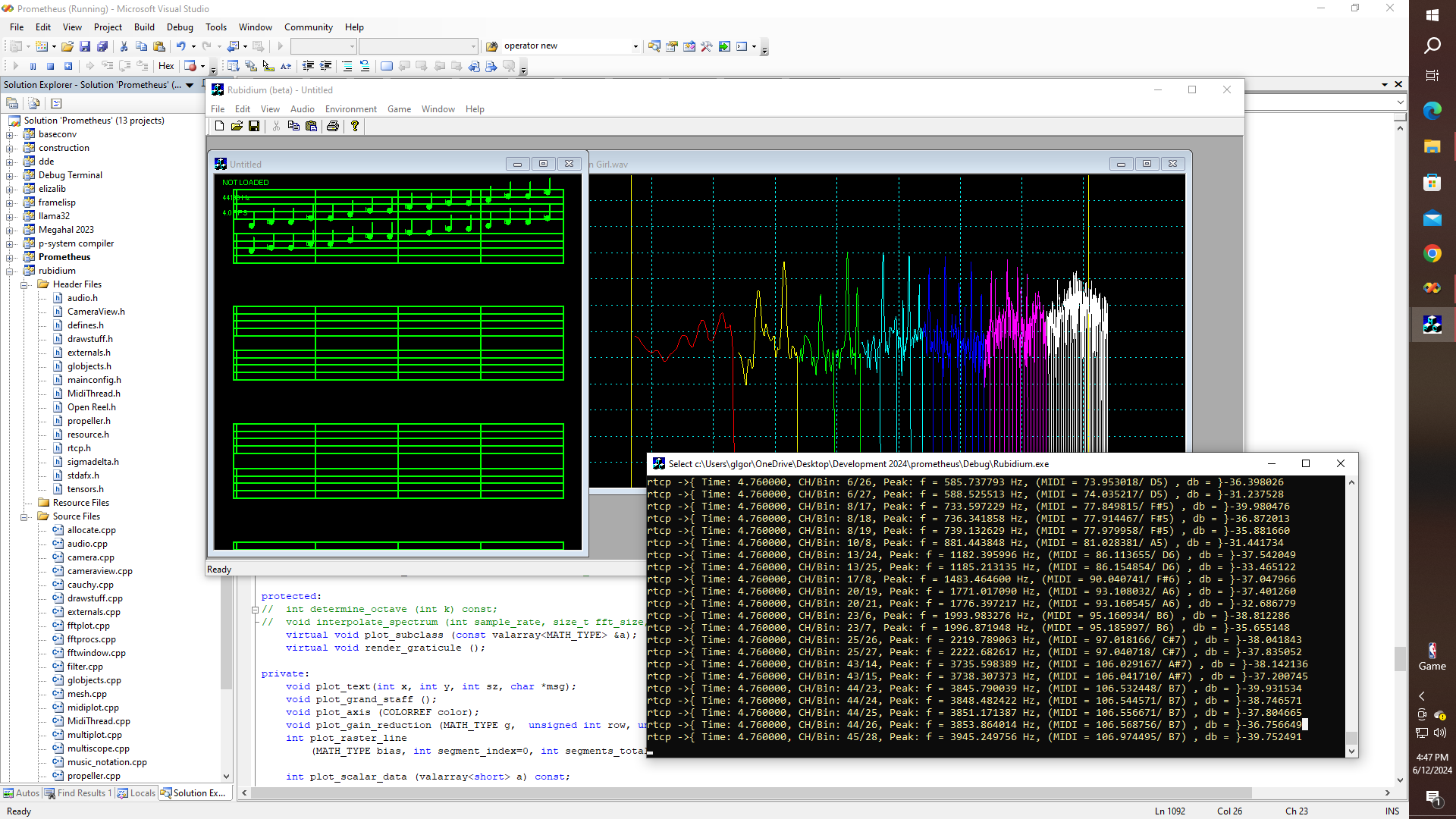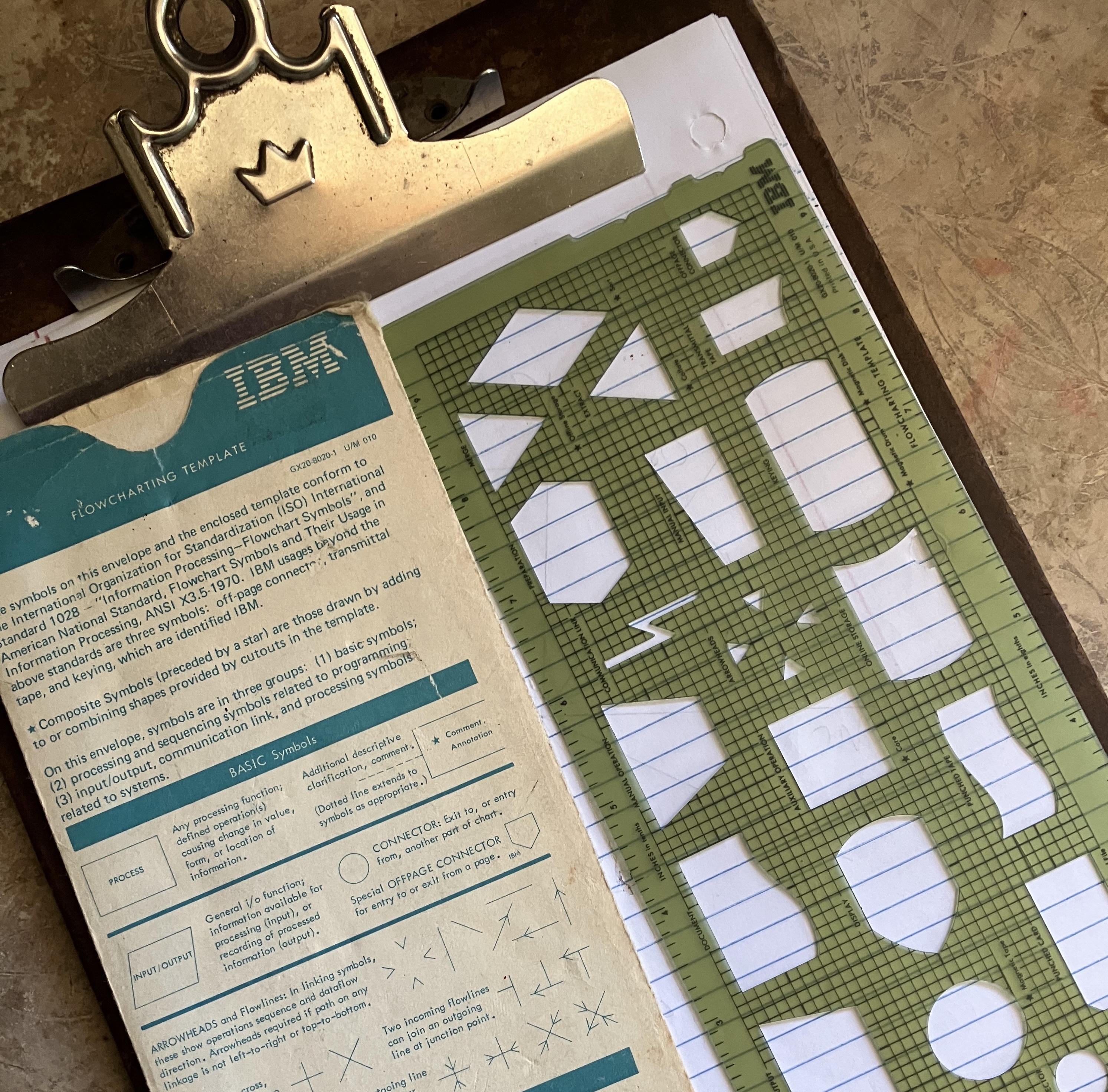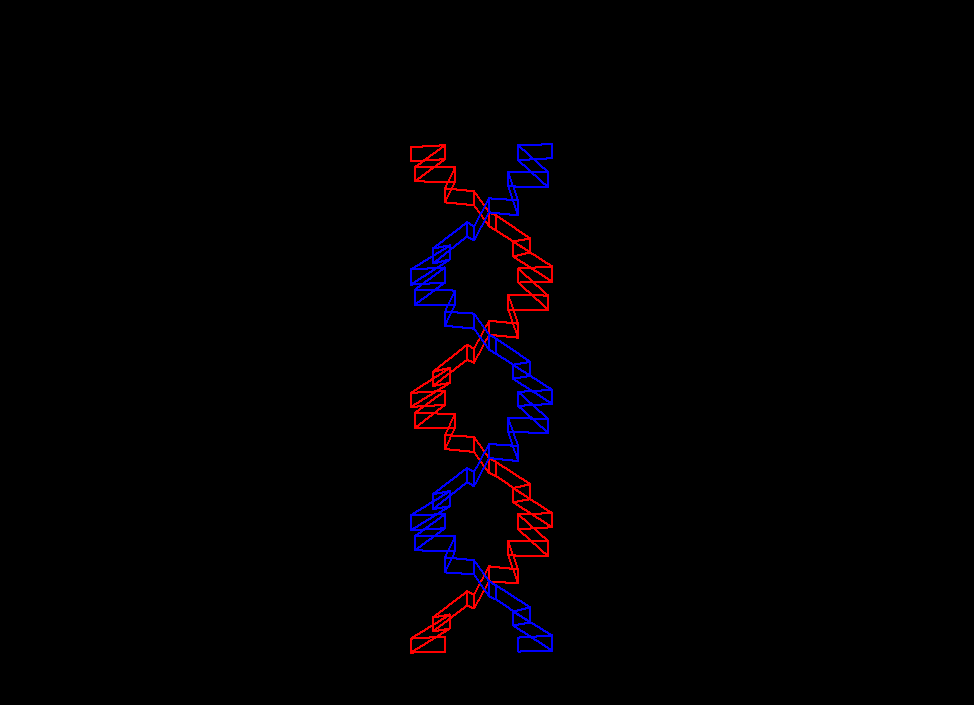
This is a very ambitious project, which has many important parts, which I should perhaps list here, in no particular order.
1. In an earlier project, I was experimenting with the idea of "Digital DNA", and then I realized that I have all of the pieces that I need to perhaps draw photo-realistic hair, whether it is straight hair, curly hair, kinky - twisted braided hair, or whatever else might be imaginable; well, you get the idea - hopefully. Maybe I can combine the code for drawing Mobius loops, with the code from drawing DNA, which I in turn derived from "gears", in such a way as to generate certain types of visual imagery; that is - without having to "train" on celebrity data, or otherwise engage in any sort of non-consensual scraping of third-party content, like - well "you know who" is in the habit of doing.
2. A chat engine of sorts is mostly complete, and I have largely written it from scratch. It is just a matter of training it on a larger data set, as well as taking some of the functionality to a more integrated level. There are a number of efficiency improvements that I figured out based on the theory of polyphase filter trees as they are sometimes used in DSP work, which carry over quite nicely. Especially the O(N*log(N)) stuff for doing chirp-Z transforms when it is intended for extra dimensions.
3. Hardware aspects are of course, still all over the map; with ideas running that maybe I could do some Pi-based stuff, just to prove that it can be done, or do a simple interactive avatar that runs on a propeller, or a tablet or phone. Oh, and let's not forget how much fun it would be to play "Global Thermonuclear War" on a REAL ALTAIR.
4. Remember, a design is not perfect until there is nothing more to be added. A design is "perfect" when there is nothing left that can be removed. Nonetheless, it occurs to me that this is a lot of code that has to be done entirely from scratch, especially if I want to support platforms like FPGA-based systems, bare-metal Propeller or Pi, and so on. So, a lot of stuff like tessellation will have to be done in the "model space" as it were, and not merely left to open-GL.
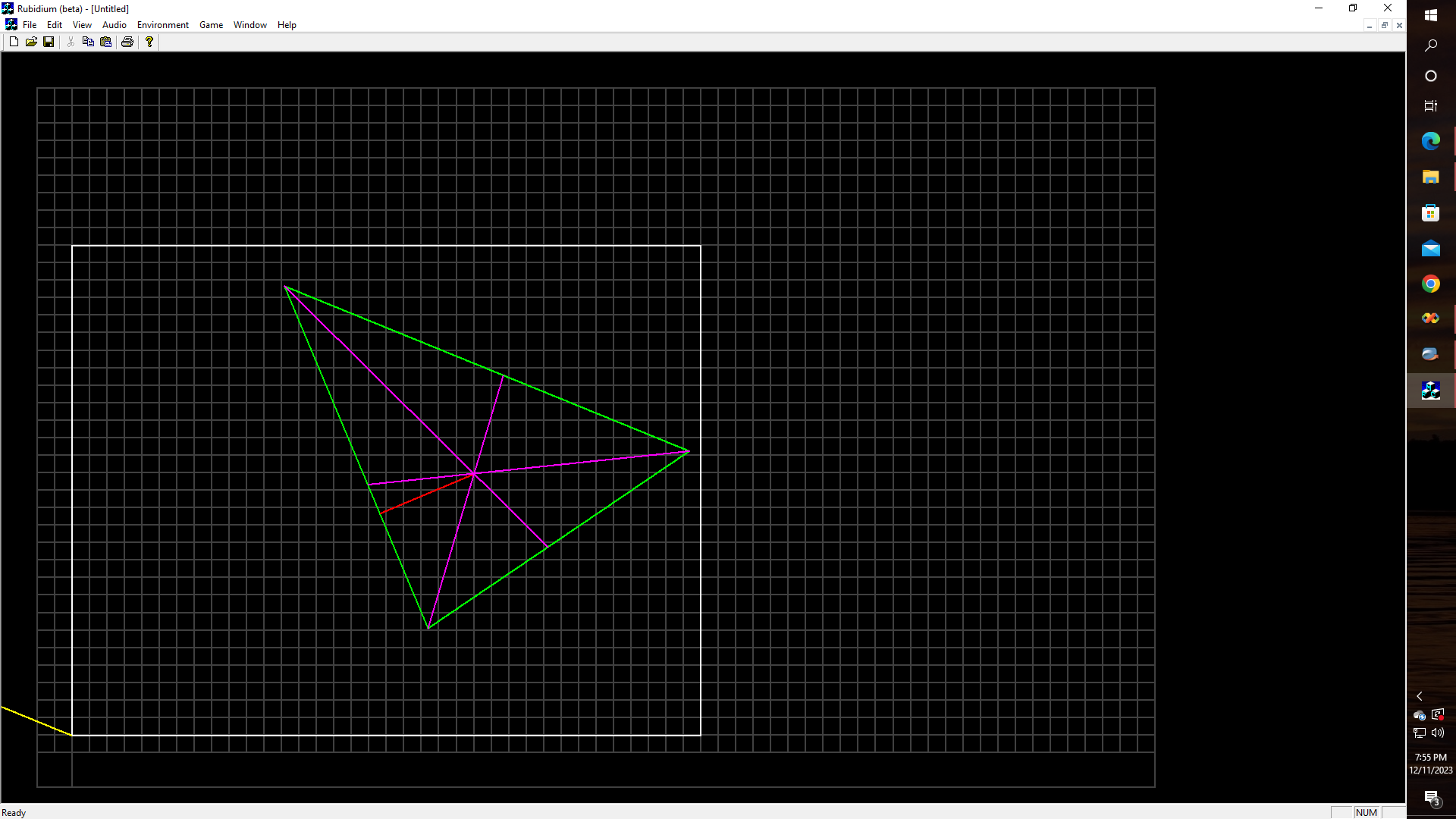
... of course, this will also have implications concerning not only any prospects for avatar generation but so also as far a concerning any contemplated 3-D printing of stuff, just in case it ever gets that far! Oh, what fun!
5. Then there are those pesky philosophic implications, like when someone wrote to me and asked if I thought that we might be alone in the universe, believe it or not. So even though I posted some of this elsewhere online right before Halloween, I figure I might as well also share that answer here, without getting into the subject of how much I like "mesh". Mesh, of course, is whatever it is, irrespective of its connections to lattice quantum chromodynamics, or anything like that. Most likely we are not alone - but is there organic life elsewhere? Either we are alone in that sense, or life is pretty much ubiquitous.
6. Borrowing from the idea of "Digital DNA" then, I think that the complexity of the genetic code seems to point to "irreducible complexity" since that is a kind of chicken and egg problem. Which came first, the ribosome or the genetic code? Or if the universe is an intelligent design, even though that does not prove that God is all-powerful, or anything else, it proves that there has always been something. The genetic code is encoded in DNA, but you need functioning ribosomal proteins to transcribe that code into more ribosomal proteins before you can copy any other proteins. That gets into how many "bits of information entropy" is needed or else if you made random combinations of molecules, there aren't enough atoms in the universe to have even a random chance of evolving a single insulin molecule, let alone the DNA sequence needed to translate the DNA sequence that encodes the proteins, etc., unless you have...
 glgorman
glgorman